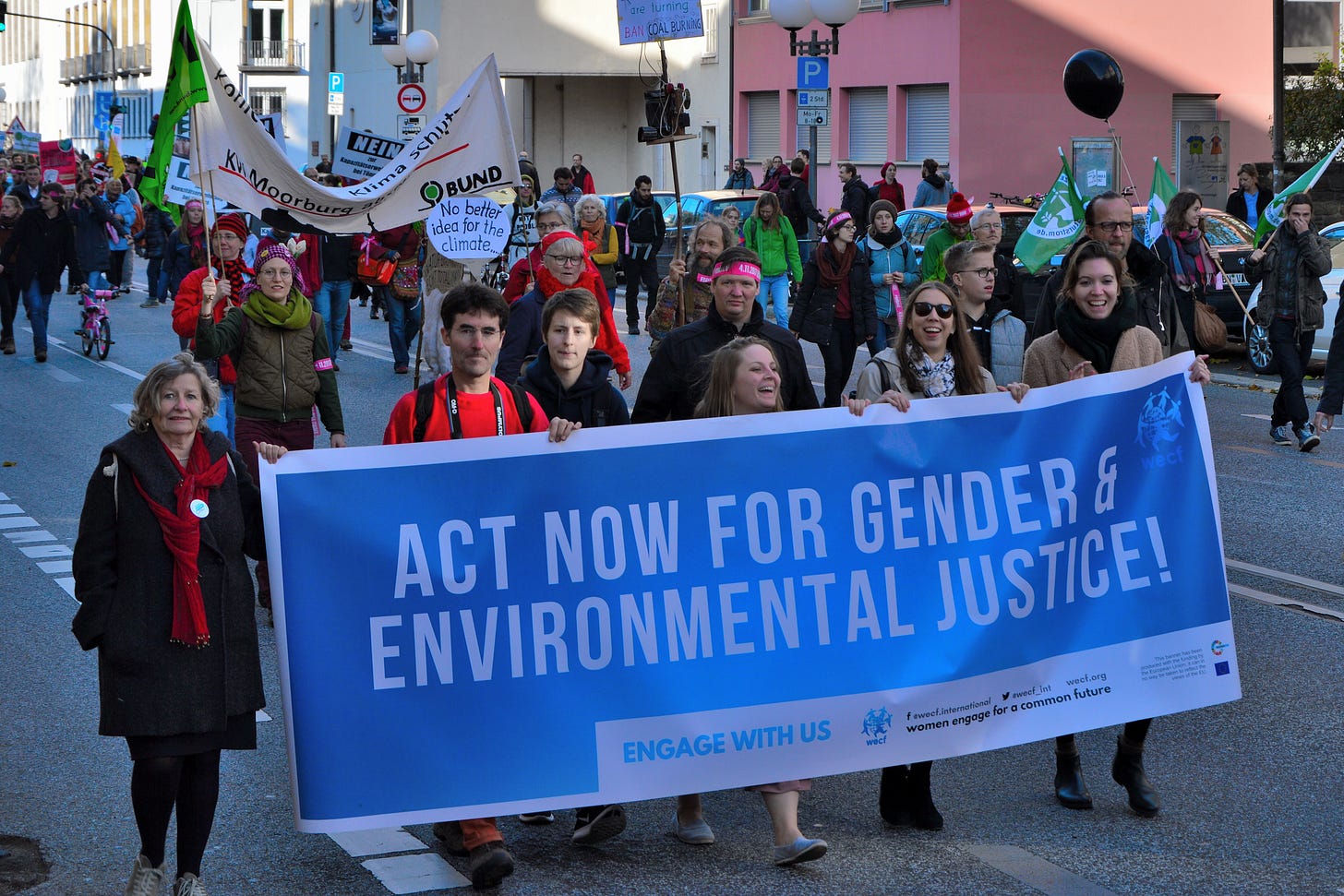Cutting Federal DEIA Efforts is an Assault on Public Health, Science, and Underserved Communities
Yesterday, the Trump administration instructed employees working in Diversity, Equity, Inclusion, and Accessibility (DEIA) offices to go home at 5pm ET with paid leave. We are already hearing from federal employees that some of their colleagues working on environmental justice and DEIA have been furloughed. In other words, the Trump administration is silencing all work and efforts on DEIA in the federal government. This not only includes efforts to make federal government work and policies more accessible to communities historically underserved in the US (i.e., Black, Indigenous, Latino, and People of Color), but also cuts offices who made federal work more accessible for disabled persons. It is a disgraceful move by the administration.
On Trump’s first day in office, the administration issued an executive order (EO) terminating all efforts to advance DEIA in the federal government. This action, which crassly refers to DEIA efforts as wasteful and discriminatory, erases DEIA language from federal government policies and programs, and eliminates DEIA offices and positions. The order also eliminates environmental justice offices and positions and requests a list of all federal grantees of DEIA and environmental justice (EJ) programs. A separate EO issued by the agency directs any institutions that receive federal funds to eliminate DEIA policies and principles, essentially withholding funds from institutions such as public universities that have DEIA programs.
It goes without saying, but I’ll say it anyway: terminating programs and policies that aim to enhance DEIA will not ensure that the federal government serves “every person with equal dignity and respect.” This logic is reminiscent of “rising tides lift all boats” – a misplaced adage that fails to acknowledge disparities. Furthermore, the fact that DEIA is lumped into a category with environmental justice shows clearly how the administration is crudely doing away with programs based on “trigger” words like justice and equity, seeking to weaponize them in service of political goals.
Identifying, addressing, and eliminating disparities is what these offices and programs were intended to do. The order also calls on offices to terminate “equity action plans,” which were mandated by the Biden administration’s EO 13985. The so-called “shamefully discriminatory” proposals in these equity action plans, included things like protecting children who are disproportionately exposed to toxics and ensuring that people with disabilities have meaningful access to programs, as seen in EPA’s 2023 equity action plan. By eliminating these programs, federal agencies will be less equipped to ensure that science-based policies and programs are designed to advance equitable outcomes. In fact, it seems that federal agencies are being directed to proactively ignore DEIA concerns.
In addition to eliminating DEIA programs, the EO may also stifle efforts to diversify the federal workforce that implements these programs. As research published by the Union of Concerned Scientists shows, while progress has been made in recent years to improve racial and gender diversity in the federal STEM workforce, major gaps remain. I fear the progress made in recent years will halt as conditions turn hostile for federal scientists, especially people from historically disenfranchised communities. We are already seeing reports that federal employees are being encouraged to report their colleagues who work on DEIA issues or face “adverse consequences” and that staff who work in EJ positions are being terminated.
There are several EOs that aim to demonize DEIA programs. A separate order issued by the Trump administration chastised the Federal Aviation Administration for considering DEIA in hiring and ordered the agency to terminate all such initiatives.
On the surface, these orders may seem like a superficial effort to appease those who fear DEIA and concepts like critical race theory. But in practice, eliminating these programs and the staff will have real-life consequences, especially for public health. For example, failing to evaluate the environmental justice and equity impacts of a toxic pollutant in a rulemaking process may result in a final regulation that upholds harm in overburdened communities. Or when federal agencies do not consider accessibility, they may not design public meetings in a way that ensures that people with different abilities are able to meaningfully participate.
When DEIA is ignored, we all lose.
About the Author
Darya Minovi is a Senior Analyst at the Union of Concerned Scientists researching the impact of environmental and public health protections on communities to support environmental justice and science-based policymaking.
That’s it for today - Thank you so much for reading SciLight!
If you enjoyed today’s post, please like it or share it with others. You can also support the work we do to shine a light on the politicization of science by becoming a paid subscriber!
If you want to share today’s post as a web page with your network, click this button:
If you have suggestions, questions, comments, or want to drop us a line - send it all to scilightsubstack@gmail.com





